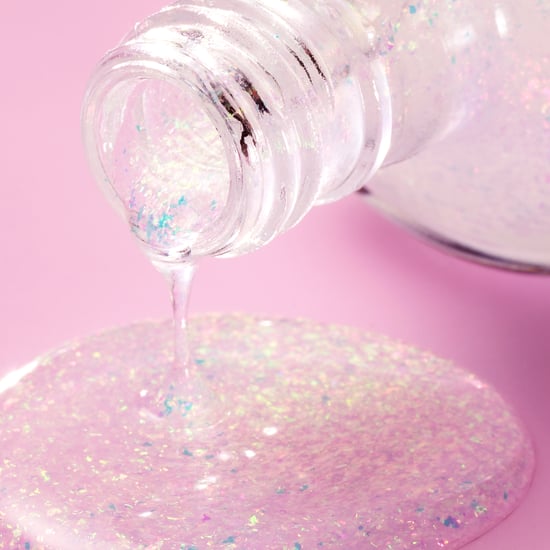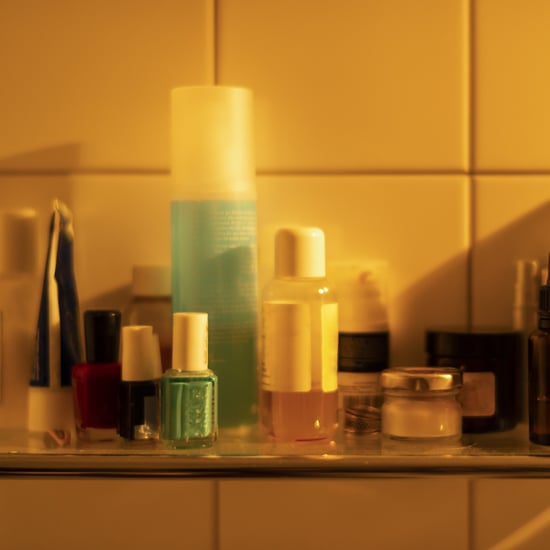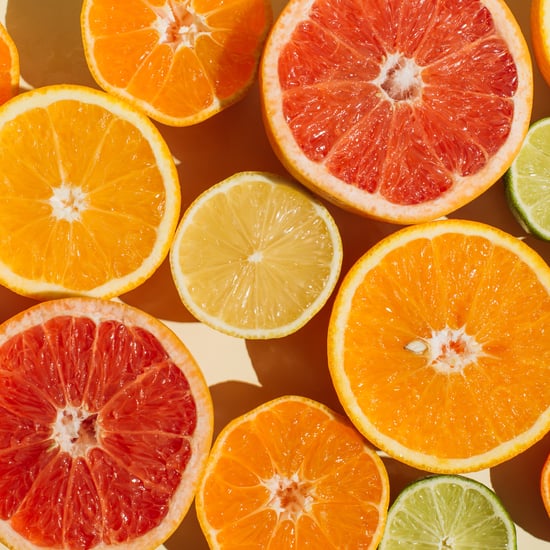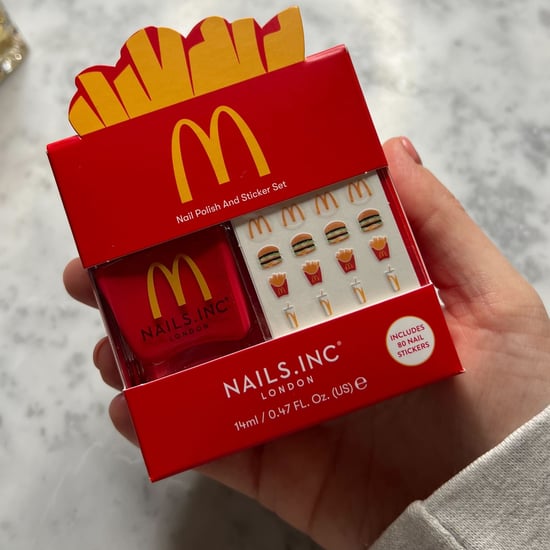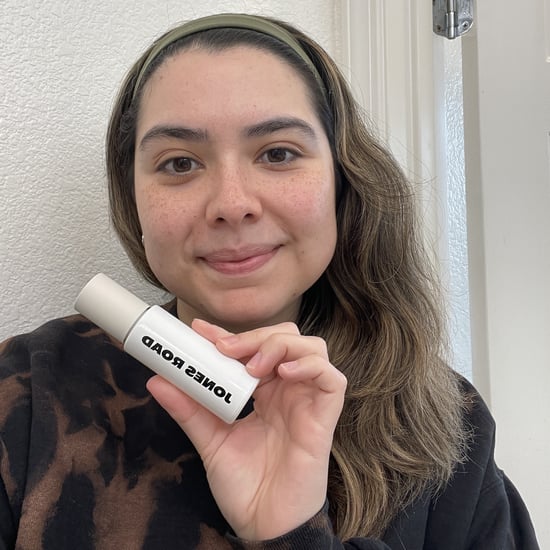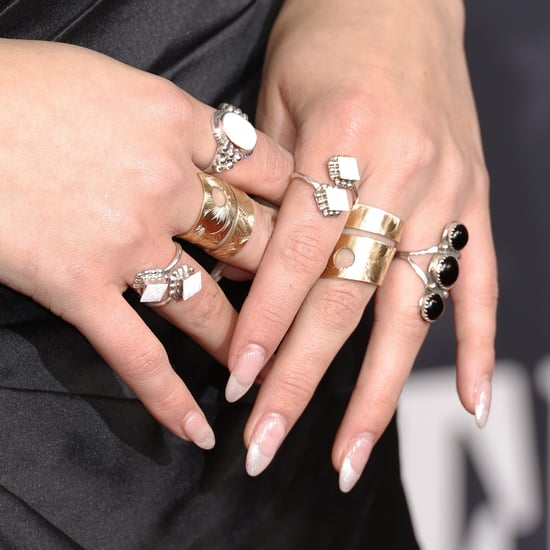Are Gel and Shellac Manicures Bad For Your Nails or Health?
Are Gel and Shellac Manicures Bad For Nails? We Quizzed an Expert About the Complicated Subject
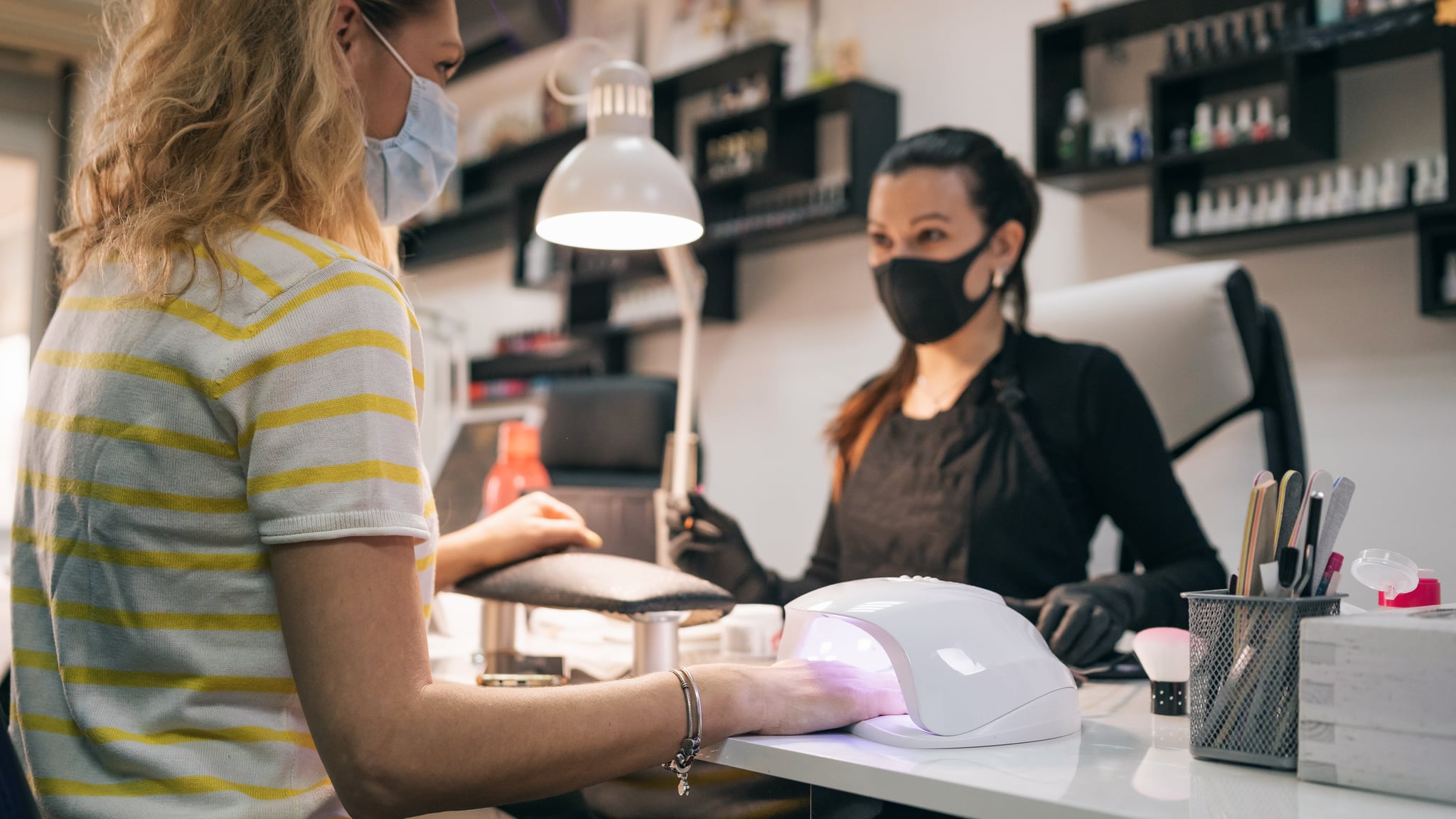
The invention of gel manicures and Shellac nail polish reinvented the nail industry, making the dream of a long-lasting, superglossy manicure a reality. However, from the beginning, there's been quite a lot of debate over the safety of gel manicures and whether or not they can damage your nails — a debate that has scared off people from enjoying the treatment.
The discussion around nail health has only increased during the coronavirus pandemic, when people weren't able to get to the nail salon as often and, in turn, noted their nails were able to heal and "breathe." While there are instances where your nails might benefit from a gel-manicure break (which we'll get into later), if applied and removed correctly, gels shouldn't damage your nails. Plus, nails categorically do not need to "breathe". But don't just take it from us; we asked a top CND (the brand that created Shellac and brought long-wear, chip-resistant formulas to the masses back in 2010) educator to give us all of the details.
Do Gels and Shellac Manicures Damage or Dehydrate Nails?
Let's get straight into the million-pound question: do gels and Shellac manicures damage your nails? The short answer is no — but only if you look after them. "Shellac and gels won't damage your nails providing it is applied, removed, and cared for correctly," said Victoria Trafford, CND's education ambassador. In fact, one of the benefits of Shellac vs. gels is that your nails don't need to be filed before application and when removing.
When it comes to the ingredients in gel formulas, most people are worried about what's often referred to as "the toxic trio", which includes formaldehyde (which was classified as a Category 1B carcinogen in 2016 in the UK), toluene (this is banned in the EU but not yet the US), and dibutyl phthalate (DBP) (again, this is banned in the EU but not yet the US). Whilst the toxicity of these ingredients with regards to the body is still heavily debated, it's absolutely your decision if you choose to avoid them. Luckily, a lot of gel polish brands — including Gelish, OPI, and Red Carpet Manicure — as well as CND's Shellac formula don't contain any of those ingredients.
If you're still worried about exposure to ingredients, you can go a step further and seek out five-free (which adds formaldehyde resin and camphor to the list) or even nine- and 10-free formulas from brands like Manucurist and The Gel Bottle. It's totally your choice when deciding what's good or bad for your body, and when it comes to what's toxic and nontoxic, well, we'll leave that to the trained chemists.
Although Shellac or gels themselves won't ruin your nails, you mustn't be tempted to pick or peel off your manicure. "Your nails are made up of lots of thin layers of keratin, and each time you pick off your coating, you remove thin layers, which can result in weak, damaged nails," Trafford said.
To avoid peeling, gel manicures must be removed properly, which involves acetone-based polish remover. Although acetone doesn't necessarily damage your nails, it can cause drying and dehydration over time. This is why some people choose to take breaks from gels every so often and is another reason regular use of cuticle oil is so important. Increased use of other types of alcohol, such as hand sanitiser, can result in dry skin surrounding your nails, which is another reason hand cream and oil are so important for maintaining healthy nails. If dehydration is an issue for you but you still want to get your monthly manicure, you may want to opt for a Shellac vs. gel manicure as it takes slightly less effort to remove thanks to no filing needed before application and during removal.
To get the most wear from your gel manicure and also keep your nails in tip-top shape, Trafford strongly recommends using nail oil; being a CND ambassador, the CND Solaroil is her favourite. "Not only will oil add much-needed moisture to your nails and the surrounding skin, but it also keeps the manicure pliable, which is a good thing because it means you'll have less chance of experiencing chips and breakages," Trafford explained.
Do Nails Need to Breathe?
Choosing to take breaks between gel nail appointments is yours and your nail technician's decision, but "your nails do not need to breathe," Trafford said. "Your nails are made of flattened keratin cells", which gets oxygen from the blood supply rather than the air. While your nails don't need to be bare to breathe, there are other reasons you might want to go bare and take a break from gel manicures once in a while.
The first is something called keratin granulation, which presents as uneven and rough white patches on your nail plate and is caused by excessive dehydration from acetone in polish remover, but also things like cleaning products. Other reasons to forgo a gel manicure once in a while is if your nails start to stain, peel, or present with ridges (although ridges in nails can be caused by other factors). If you're not sure whether to take a break or not, ask your nail tech whether it might do your nails some good.
Are the Lamps Used During Gel and Shellac Manicures Safe?
A 2014 study in JAMA Dermatology looking into the risk of skin cancer associated with the use of UV nail lamps found that getting a gel manicure every two weeks only "poses a small risk" and most likely isn't enough to increase the risk of skin cancer significantly. The Food & Drug Administration in the US (the FDA) also views nail-curing lamps as "low risk when used as directed by the label" and by a professional. On the other hand, "accumulative exposure is the likely risk with gel manicures; the more exposure you have to the UV lamps, the greater the risk of damage, therefore having a regular gel manicure every fortnight will increase your risk," Dr Susan Mayou, consultant dermatologist at the Cadogan Clinic, told POPSUGAR.
"Limited research has been carried out on the dangers of ultraviolet radiation emitted from UV lamps used to cure the polish in gel manicure and whether this can increase the risk of skin cancer," Dr Mayou explained. "Unfortunately, there is not enough long-term data and much variability in the strengths of the different lamps used in nail salons."
If you're worried about the increased risk associated with nail lamps used during a gel or Shellac manicure, you can wear fingerless gloves or apply a high-SPF sunscreen or sunblock to your hands before use. However, Dr Mayou noted that this may be a little more tricky with new COVID-19 rules in salons. "The procedure is to wash your hands before nail gel polish is applied, then immediately put hands under the UV lamp, which doesn't leave enough time for suncream to be fully effective."
In addition, Trafford stated that "it's incredibly important for your nail professional to use the lamp specific to the system (in other words the brand) they are using" and that it's not a one size fits all when it comes to systems. "Gel coatings can harden at just 50 percent cure, meaning that you could be left with 50 percent uncured product sat on your nails. You might not think this matters so much, but it can have consequences," Trafford explained. "Not only will you experience potentially premature chipping or peeling, but over time, you might start to develop an irritation, which may turn into a sensitivity, and then turn into an allergic reaction."
What Are the Risks of Someone Who Isn't Qualified Doing a Gel Manicure at Home?
We can't say this enough: going to a nail professional is vital in making sure a gel or Shellac manicure isn't ruining your nails. "The risks bring us back to using the correct lamp for the system," Trafford said. "Many people think using a 36-watt lamp that they bought online will cure their gel products. However, 36 watts is actually how much power is coming from your power source into your lamp; it is not a measure of how much light is emitted by your lamp," she added. "UV light is measured in nanometres (nm), and every system is calibrated to their lamp, which has a very specific range of nanometres. Whichever brand is being used, the manufacturer should recommend a specific lamp." And if a lamp says it's universal and covers all products, Trafford recommends to err on the side of caution. "No lamps can cover all [polish] ranges."
Something else to consider when it comes to at-home gel-manicure risks is the skill of a professional vs. a DIY job at home. Let's face it, a DIY manicure is never the same as a professional job, and an at-home version typically involves polish spilling off your nail onto your skin on a number of occasions. Turns out, it's not just annoying to get gel formula on your skin; it can actually be harmful over time. "Nail pros have invested time and money to get to the top of their game, meaning their application of polish will be flawless and any product that is cured will be just on your nails," Trafford said. "When having a professional treatment, any product that gets on the skin will be quickly removed. When we paint our nails at home, it is much harder to keep that product on your nail only. This means we have an increased risk of building up sensitivities to products."
When it comes to whether gel or Shellac manicures are harmful, there are a few main takeaways. If you're worried about chemicals in the nail polish, there are free-from options out there. You can wear SPF or gloves if you're concerned about prolonged use of lamps used during a gel manicure (although this might be a little more complex with COVID-19 handwashing procedures). Nails don't need to breathe, but there are other reasons you might want to give your gel manicures a break once in a while. If you're a very frequent gel nail-polish user, Dr Mayou recommends sticking to long-lasting, gel-effect nail-polish formulas and getting gel manicures for special occasions. Above all: always, always go to a licensed nail tech; getting a slightly cheaper manicure isn't worth the risk.
